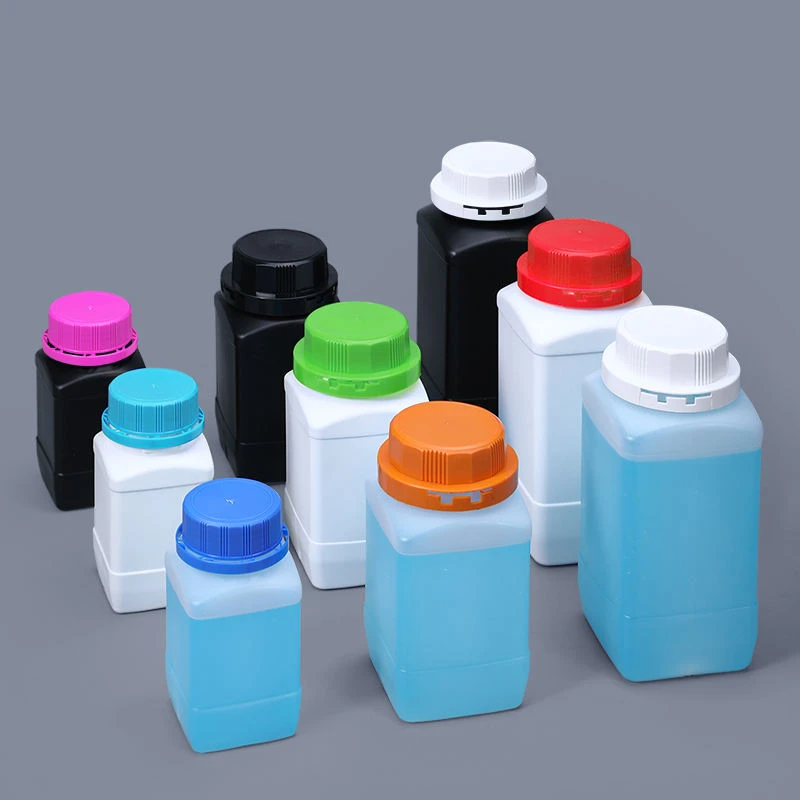liquid medication bottles
Understanding Liquid Medication Bottles Essential Aspects for Safe Usage
In today’s world, pharmaceuticals play a pivotal role in health and wellbeing. Among the various forms of medication available, liquid medications are a prevalent choice, especially for children, elderly patients, and those who may have difficulty swallowing pills. The packaging of liquid medications is crucial for safeguarding the integrity of the medication, facilitating proper dosage, and ensuring the safety of the user. In this article, we will explore the various aspects of liquid medication bottles, their design, labeling, and safety considerations.
Design of Liquid Medication Bottles
Liquid medication bottles are made from different materials, such as glass and plastic. Glass bottles offer an inert barrier against contamination, making them suitable for many sensitive medications. However, they are fragile and can break easily, posing a safety risk. Plastic bottles, typically made from polyethylene or polypropylene, are lightweight and unbreakable, making them more practical, especially for everyday use.
The design of liquid medication bottles often includes features that aid in the safe dispensing and administration of the medication. Many bottles come with child-resistant caps, which are essential in preventing accidental ingestion by children. These caps require a two-step process to open, making it more challenging for curious little hands to access the potent contents inside.
Another design element is the integrated measuring device, such as a syringe, dropper, or measuring cup, which helps the user accurately measure the prescribed dose. This is especially critical for ensuring that patients receive the correct amount of medication, as improper dosing can lead to ineffective treatment or even overdose.
Labeling and Information
Effective labeling is crucial when it comes to liquid medication bottles. The label usually contains essential information such as the name of the medication, its concentration, the prescribed dosage, the expiration date, and storage instructions. In many jurisdictions, additional information is required, including warnings about potential side effects, interactions with other medications, and instructions on what to do in case of a missed dose.
liquid medication bottles

One of the primary concerns regarding liquid medications is the risk of confusion due to similar names or appearances among medications. This is why legible, clearly printed labels are essential for safe medication practices. Furthermore, pictograms or color-coding systems can be used to enhance comprehension and reduce the likelihood of medication errors, particularly among individuals with literacy challenges.
Safety Considerations
When using liquid medication, there are several safety considerations to keep in mind. Firstly, it is essential to always check the expiration date before using any medication. Expired medications can lose their efficacy or pose health risks. Upon spotting an expired liquid medication, the user should safely dispose of it according to local disposal guidelines.
It’s also important to store liquid medication safely. Many medications should be kept in a cool, dry place or refrigerated, depending on the specific requirements listed on the label. Contaminated or improperly stored medications can lead to adverse effects or diminished effectiveness. Ensuring the caps are tightly secured after each use helps prevent contamination and evaporation, ensuring the medication remains effective.
Additionally, patients must be aware of the proper procedures for diluting or mixing medications when prescribed, as this can significantly impact the medication’s effectiveness. Consulting with healthcare professionals can provide critical insights, especially when it comes to specific instructions regarding administration, namely, whether the medication should be taken with food or on an empty stomach.
Conclusion
Liquid medication bottles are vital in the healthcare sector, providing an accessible means of delivering essential medications. Understanding the design, labeling, and safety considerations associated with these bottles can empower users to manage their health responsibly and effectively. Being conscientious about medication use— from checking labels and expiration dates to utilizing the provided measuring devices— is crucial to achieving the desired therapeutic outcomes while minimizing potential risks. By embracing a proactive approach to medication safety, individuals can enhance their treatment journeys and contribute to their overall wellbeing.
-
Aesthetic Makeup Spray Bottles | Fine Mist Empty RefillableNewsAug.19,2025
-
White Plastic Veterinary Vaccine Vials | Lab Liquid BottlesNewsAug.18,2025
-
Plastic Medicine Liquid Bottle: Secure Flip Top Drug VialsNewsAug.17,2025
-
Durable 250ml Blue Plastic Vaccine Vial for Lab & Vet UseNewsAug.16,2025
-
Sterile Virus Sample Tubes: Secure & Reliable Specimen CollectionNewsAug.15,2025
-
White 250ml Plastic Vaccine Vial for Lab & Vet MedicineNewsAug.14,2025
























